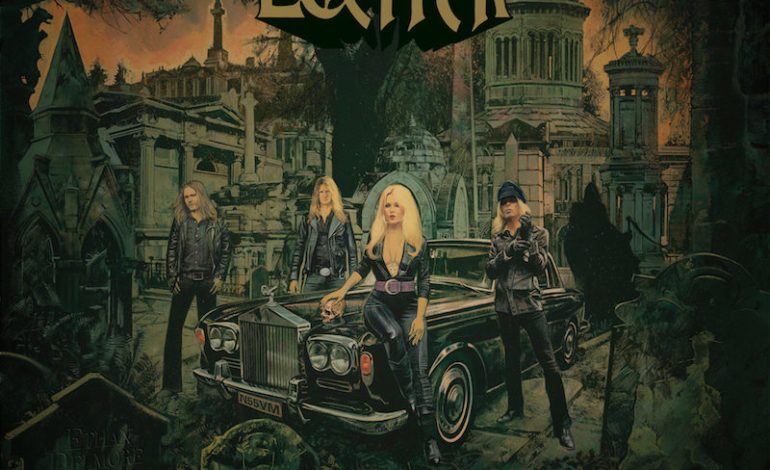

High-energy, guitar-filled production furthers accessibility
Lucifer’s newest release, Lucifer III, follows frontwoman Johanna Sadonis as she reshapes the project’s sound into a more palatable offering than previous Lucifer works. Lucifer, a project born in Berlin and transplanted to Stockholm as members filtered in and out, started out its discography with a much more underground and doom metal-like sound. Sadonis attributes this to the influence of former drummer Gaz Jennings of UK-based doom metal band Cathedral. After his departure from the band, Sadonis began to evolve the sound of Lucifer into one more reflective of her original artistic intentions.
This effort was made explicitly clear on Lucifer II, released in July of 2018. The transition from I to II is best characterized as one giant step away from the instrumental constraints of doom metal and into a broader metal landscape. This new landscape retains the influence of Black Sabbath but incorporates sounds more reminiscent of acts like Heart and Deep Purple. Sadonis’ penchant for a retro and unpolished recording style only enhanced this evolution in genre, with each scratch and instrumental misstep spicing up the thoughtfully layered guitars, jubilant basslines and crashing percussion. Each instrument found itself in its proper place—never outdone by one another, always a part of the greater whole.
This brilliant evolution in sound is continued on Lucifer III: the tempo remains lively, the production scratchy and the percussion loud. Other new implementations include catchy guitar riffs that at times even approach blues-like intention, with one such instance on “Flanked By Snakes.” Aside from the capable instrumentation though, what really stands out on this record is the shift of Sadonis’ vocals towards the forefront of her compositions. Sadonis utilizes her outstanding vocal abilities and clings to the Heart-esque vocal arrangements that make her singing comparable to that of the Wilson sisters themselves. A definitive high point of these vocal explosions exists on early track “Midnight Phantom.” Sadonis’ use of vocals has evolved from her understated and slightly muffled vocals on Lucifer I—particularly on its opening track “Abracadabra”—into brighter, clearer and more confident vocalization on “Pacific Blues.”
The cheery vocals and twangy riffs usher Lucifer’s sound towards greater accessibility, and the potential to appeal to a wide audience of rock and metal listeners. This effort is aided by the decidedly glam rock elements included in the instrumentation on this album. It calls fans of late ’70s and ’80s rock into the periphery. Lucifer III is further evidence of both Sadonis’ compositional and instrumental prowess, and her ability to elude the shackles of production by taking aim toward the sound of a specific subgenre.
